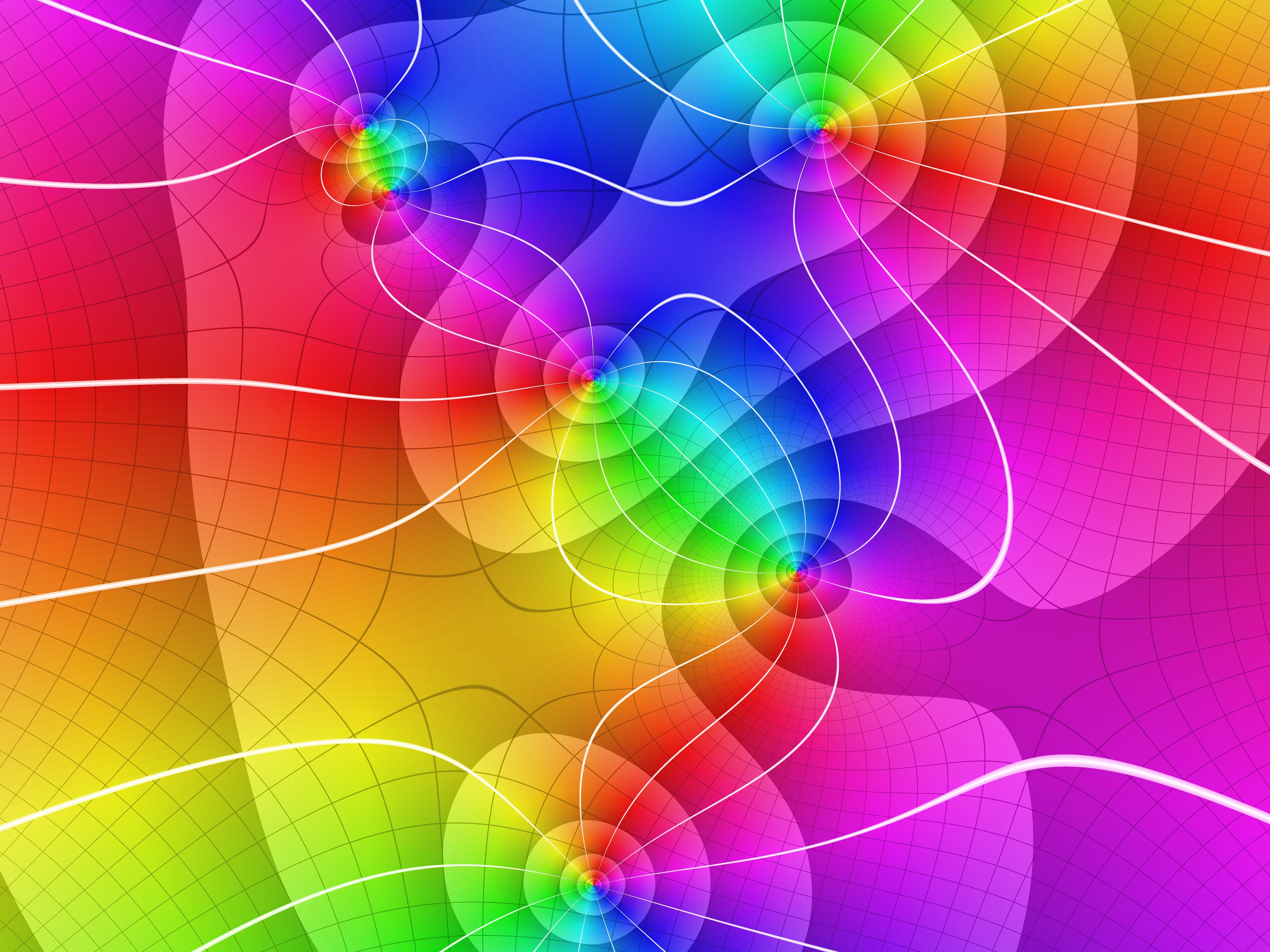Geometry Seminar
Apr
10
2025

Apr
10
2025
Description
A basic tenet of geometric representation theory, and the geometric Langlands program in particular, is that the *topology* of various objects associated to a complex reductive group G closely mirrors the *algebraic geometry* of various objects associated to its Langlands dual group G^. One of the most famous results in this area is the (derived) geometric Satake equivalence, which relates the category of sheaves of C-vector spaces on the affine Grassmannian Gr_G of G to the category of quasicoherent sheaves on a certain (derived) stack associated to G^. This theorem plays a crucial role in almost every aspect of the (geometric) Langlands correspondence, but it leaves many questions open: for example, what happens if we consider sheaves of k-modules on Gr_G for other commutative rings k? What if k is taken to be a commutative ring *spectrum*, in the sense of stable homotopy theory? In this talk, I will outline an answer to these questions and hopefully explain some complements related to the relative Langlands program and global geometric Langlands.
